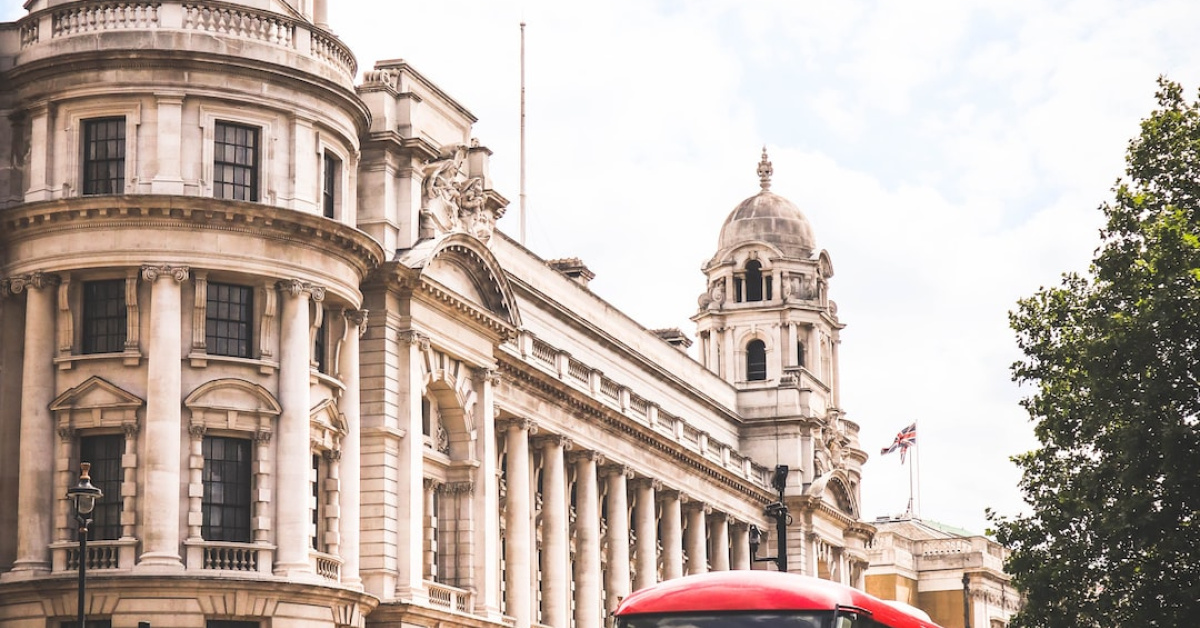Introduction: Not Either/Or—Both/And
As of 2024, roughly 58% of the world’s people live in cities, and cities are developing quickly. Growth can bring jobs, transportation, and housing, but it can also put stress on historic sites and living history. When it comes to constructing cities, the best way to do it is not to see preservation and development as a war to the death. Instead, it sees history as a strategic asset that may help local identity, tourism, small company ecosystems, and growth with less carbon through adaptive reuse. Recent advice, such as UNESCO’s Historic Urban Landscape (HUL) approach, helps city leaders plan and design in a way that includes conservation instead of seeing it as a problem.
Why Preservation Matters to Vibrant, Prosperous Cities
Culture and self. Historic streets, markets, holy places, and government buildings give people a sense of place that master-planned areas can’t quite match. The HUL guideline from UNESCO stresses the need to maintain historic districts as part of the wider city system. It values not only particular monuments, but also urban morphology, views, landscapes, and intangible heritage.
Tourism and local economies. Heritage is like an engine. According to the National Park Service, visitors to gateway regions in the U.S. spent $26.4 billion in 2023, supporting 415,400 employment. This shows that heritage sites and districts that are well-managed may support genuine jobs. Since its start, the Historic Tax Credit and other federal incentives have led to more than $235 billion in private rehabilitation investment and 3.2 million jobs. This shows how preservation can boost the construction, craft, and creative industries.
Performance in the environment. More and more studies are showing that reuse makes sense for the environment: the greenest building is generally the one that is already there. Adaptive reuse can save decades of operational costs that would be needed to “pay back” the embodied emissions from new construction by keeping embodied carbon in buildings and finishes. Studies that look at the effects of a building’s entire life cycle demonstrate that reuse often beats new construction in terms of climate, ecosystem, and resource impacts. Even modest residential reuse scenarios can save dozens of tonnes of CO₂ per property right away.

Why Development Matters—and How It Goes Wrong
Housing and being included. Urban growth needs to deal with the lack of affordable housing. The problem comes up when blanket up-zoning or megaprojects move established communities, destroy local businesses, or make culturally important regions sterile. Balanced policy connects more housing with mild density, careful infill, and protections for people.
Being able to compete in the economy. Cities are competing for money and talented people. Historic fabric is commonly found at well-located sites that are near transit. Without design and policy tools, the demands of development might lead to facadism or destruction, which wastes embodied carbon and destroys place capital.
Lack of governance. When heritage inventory are missing, guidelines are unclear, or permissions take too long, developers often choose the safest choice, which is usually to build new. Cities need clear, reliable means to reuse buildings and build new ones that fit in with the area.

Historical buildings contrasted with modern urban development Image source: ielts.net
A Practical Framework: The HUL Approach in Action
The Historic Urban Landscape framework from UNESCO tells cities to:
- Make a map of the values and weaknesses of heritage sites in cities;
- Include those values in capital projects, zoning, and master plans;
- Put conservation and development actions at the top of your list; and
- Get groups and people with different kinds of knowledge involved all the time.
HUL lets planners recognise opportunities by putting heritage on the same dashboard as density, transportation, and climate. For example, planners could reuse old industrial buildings along a new bus rapid transit line for mixed-income housing and creative workspaces.
Five Tools to Balance Preservation and Growth
Adaptive Reuse First (with Clear Code Pathways)
Make reuse the default by allowing certain conversions to happen automatically, having flexible occupancy restrictions, and making sure that fire and life safety standards are met based on performance. This, together with permits for lightweight vertical additions that respect scale and view corridors, would free up extra floor space that can be used to help pay for restoration. The environmental benefits, such big savings on embodied carbon, are a nice bonus that fits with the city’s climate ambitions.
Targeted Incentives that Close the Feasibility Gap
Many history projects need just a little push to get going, such property tax breaks, fee exemptions, faster permits, low-interest financing, and historic tax credits (or their local equivalents). These tools use private investment to create jobs and protect community resources, according to the evidence.
Context-Sensitive Density (the “Goldilocks” Infill)
Allow more residences near jobs and transit without changing the character of the area. This can be done by building mid-rise streetwalls, courtyard housing and small-lot infill that follows the historic plot rhythms, heights and setbacks. Use design review and form-based codes to put relationships—block, frontage, and façade composition—above style rules.
Public Realm Upgrades that Respect Heritage Fabric
Put money into full streets, trees, lights, and enhancements to accessibility that build on, rather than erase, historic patterns. In locations that are protected, fix things instead of replacing them, and utilise materials that are similar to what is already there.
Community Co-Creation & Cultural Continuity
Balance isn’t only about bricks. Who benefits is what matters. Along with environmental impact assessments, require cultural impact assessments. Give legacy companies tools to help them with right-to-return and rental stabilisation. Work with local stewards on interpretation, programming, and skills training.

Source: mdpi.com
Measuring Success: What to Track
A balanced plan is responsible. Cities could put up a yearly Heritage & Growth Dashboard with things like:
- Climate: embodied carbon avoided by reusing instead of tearing down and building new; the energy intensity of retrofits.
- Economy: private investment leveraged, jobs supported, visitor spending in heritage districts, and shopfront vacancy rates.
- Housing and Equity: the number of new housing units added to conservation areas, the mix of incomes, the sizes of the units, and the tenant safeguards that were put in place.
- Place Quality: surveys of how many people walk by, how long they stay, what form of transportation they use, and how satisfied they are.
- Conservation Health: the percentage of inventoried assets that are in good shape; the number of issued adaptive-reuse licenses compared to demolition permits.
- Policy Efficiency: the median time it takes to get a permit for a reuse project compared to a new build.
Case-Led Mindset for the Next Decade
Urbanisation will keep happening all across the world, and with it will come the demand for more homes, jobs, and infrastructure, frequently in the locations that reflect a city’s narrative. The way to go is clear: employ HUL-style integrated planning, make adaptive reuse a priority to save money and cut emissions, and apply smart incentives to make preservation not only the right thing to do, but also a good business move. The outcome is expansion that is full of character, good for the environment, and open to everyone, which residents and visitors will select again and again.
For more blogs like this CLICK HERE
Reference
Striking A Balance Between Heritage Preservation And Urban Regeneration – CCG
Historical Preservation vs. Modern Development: Finding the Balance – Ram India Corp
Preserve or Remove: How Do We Find the right Balance in Urban Development





